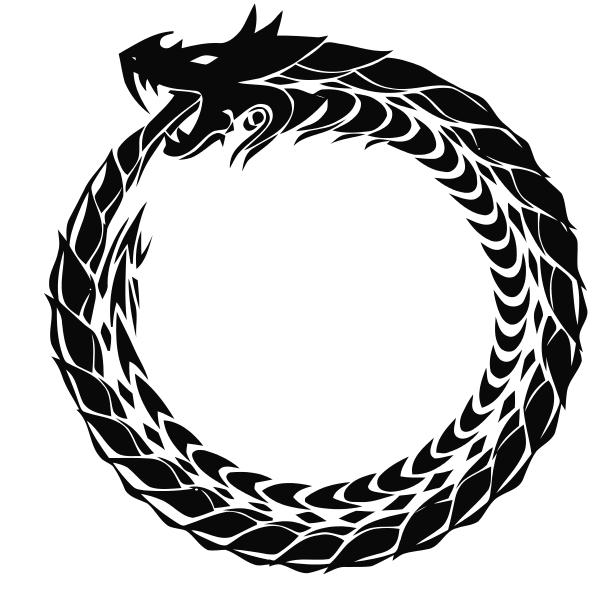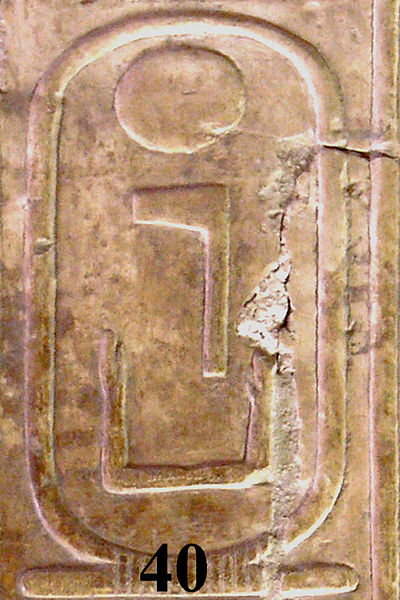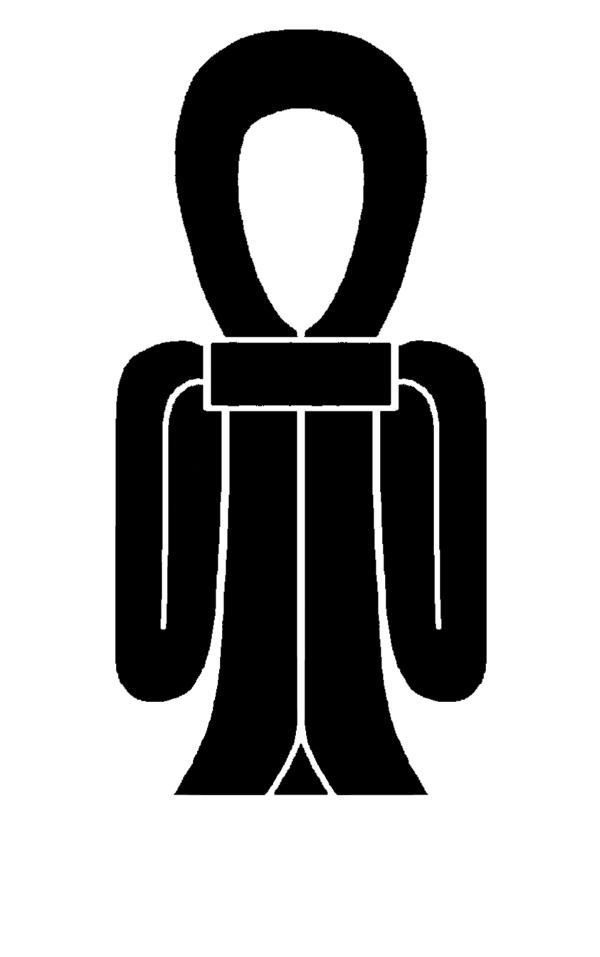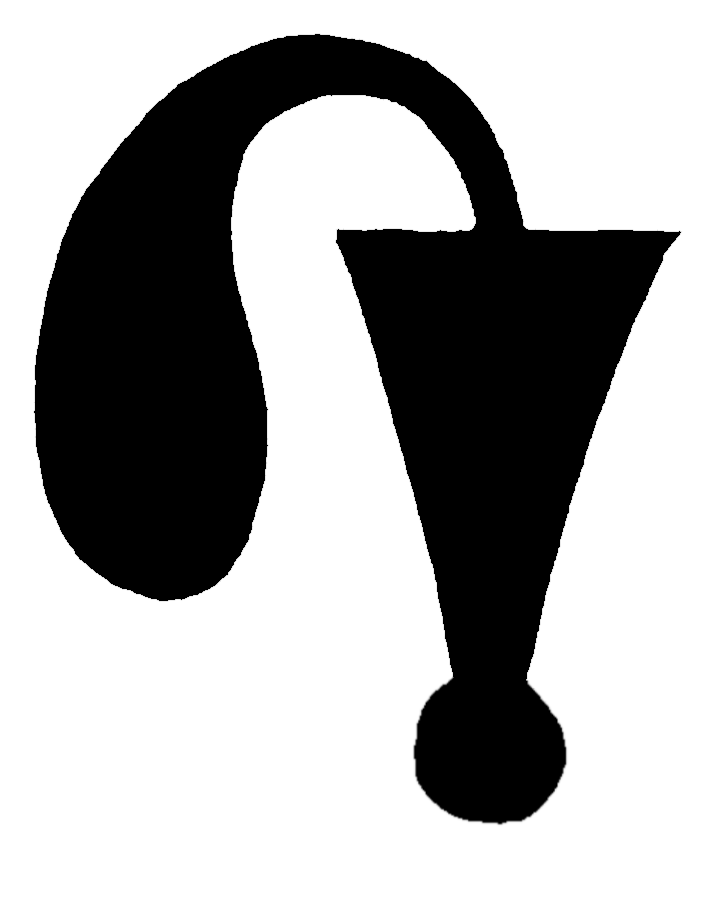Ouroboros Symbol – History And Meaning
The ouroboros, also spelled “uroboros,” is a symbol of ancient Egypt and Greece depicting a serpent – or sometimes a dragon – with its tail in its mouth, eating itself and then being reborn from itself.
The ouroboros originated in ancient Egyptian iconography, entering Western tradition through Greek magical tradition.
It was later adopted as a gnostic and alchemical symbol, expressing the unity of all perpetually changing things, material and spiritual, never disappearing but instead forming in an eternal cycle of destruction and re-creation.
This symbol was also adopted in Hermeticism.
Ouroboros Symbol – History And Meaning

If you want to learn more about the Ouroboros symbol, read on to find out the meaning, history, and significance of this Egyptian symbol.
Ouroboros Symbol History
The concept of the ouroboros is very old. It has been employed across numerous cultures as a representation of the cycle of birth and death, eternity, and cosmic harmony.
The first known representation of the ouroboros is on one of the shrines enclosing King Tut’s sarcophagus. It dates back to at least 1323 BC, the time of his death.
This particular ouroboros symbol appears in the Enigmatic Book of the Netherworld, an ancient Egyptian funerary text relating the actions of the god Ra and his union with Osiris in the netherworld.
Many Egyptian sources feature the ouroboros. Like other Egyptian serpent deities, the ouroboros symbolizes the formless disorder surrounding the orderly world. It is significant in the said world’s repeated renewal.
The ouroboros symbol remained until the Roman period. It was often featured on amulets and talismans, usually combined with other magical symbols.
The famous ouroboros illustration is called “The Chrysopoeia of Cleopatra,” thought to date to the 3rd century.
It is one of the oldest images of the ouroboros to be connected with the so-called “philosopher’s stone.” This is why the ouroboros is such an important symbol in alchemy.
The ouroboros also appears in The Aurora Consurgens, an alchemical manuscript written in the 15th century. Here the symbol is used along with those of the sun, moon, and mercury.
The Ouroboros Symbol

The ouroboros, an ancient emblematic serpent depicted with its tail in its mouth, devouring itself, represented infinity and the cycle of birth, death, and rebirth.
In some cultures, the skin-sloughing process of snakes symbolizes the transmigration of souls, while the serpent biting its own tail represents fertility – with the mouth signifying the womb and the tail seen as a phallic symbol.
In Norse mythology, the ouroboros appears as the sea serpent Jörmungandr, one of Loki’s children.
Indigenous people in South America believe that waters at the edge of the world-disc are encompassed by a giant snake, often an anaconda, with its tail in its mouth, biting itself.
In the Holy Bible, there is a creature called the Leviathan which shares common features with the ouroboros. The Leviathan has its tail placed in its mouth.
Ouroboros Symbol Meaning
The ouroboros, an ancient symbol of a serpent eating its own tail, is seen as a symbol for eternal cyclic renewal – the cycle of life, death, and rebirth. It is associated with the Norse Jörmungandr.
The term “ouroboros” means “tail-devourer.” It is derived from Ancient Greek “oura” meaning “tail” and “-boros” meaning “-eating.”
Ouroborus cataphractus, a genus of the armadillo girdled lizard, is named after the ouroboros because it curls into a ball, holding its own tail in its mouth, in a defensive posture.





